While there is no evidence that the United States, Russia, or China are about to conduct a nuclear test, the images show the three countries' efforts to upgrade their nuclear test sites in just the past few years, CNN reported on September 23.
The three sites include a Chinese site in the country's northwestern Xinjiang autonomous region, a Russian site on an Arctic archipelago and a US site in the Nevada desert.
Satellite images obtained by CNN show extensive construction at the Novaya Zemlya test site, located on the Russian archipelago of the same name, between 2021 and 2023. New ships and shipping containers have arrived, roads have been kept open in winter, and tunnels have been dug deep into the Arctic mountains. Russian Defense Minister Sergei Shoigu visited the facility in mid-August.
Moscow did not immediately comment.
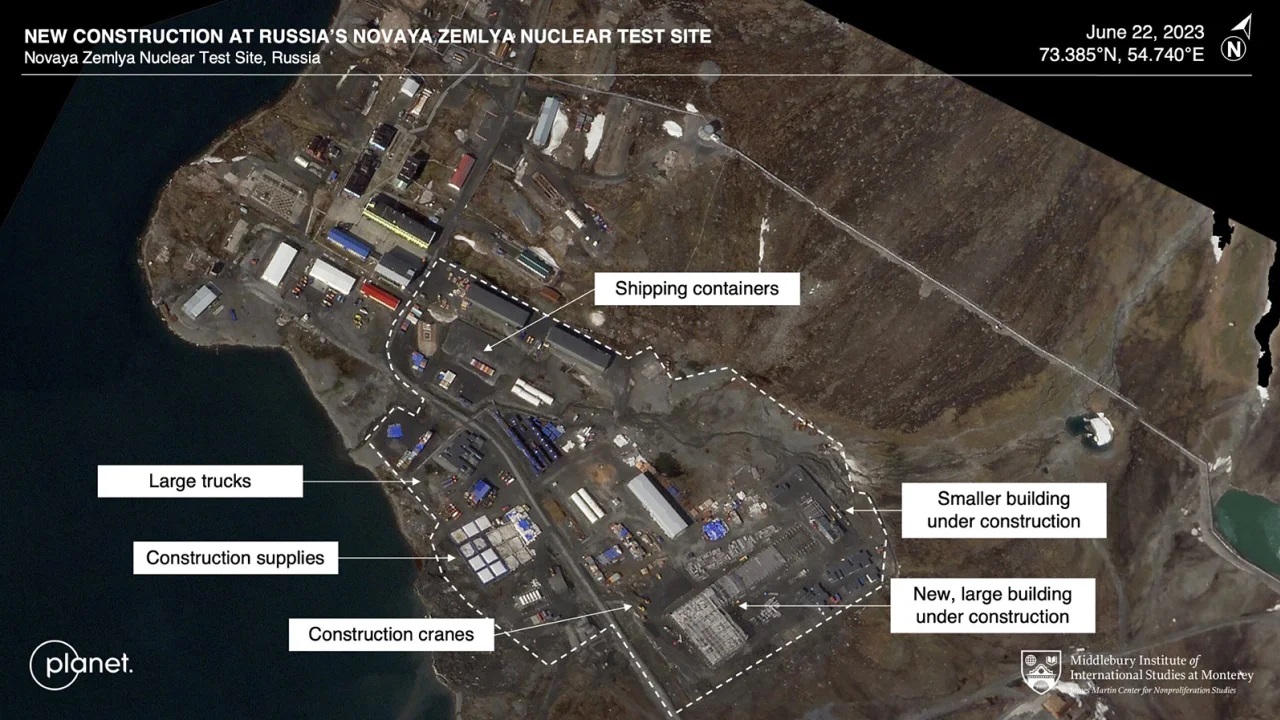
Satellite image of Russia's Novaya Zemlya nuclear test site in June
Increased activity has also been detected at China’s Lop Nur nuclear test site, a dry salt lake nestled between two deserts in Xinjiang. Satellite imagery shows a fifth new tunnel has been opened in recent years and new roads have been built. In addition, a new storage facility was built in 2021 and 2022, possibly to store explosives.
Responding to CNN, China's Foreign Ministry said their report "exaggerated the 'nuclear threat from China'" and was "extremely irresponsible."
Meanwhile, satellite imagery of the Nevada nuclear test site (officially known as the Nevada National Security Site) shows that an underground facility – the U1a complex – has been significantly expanded between 2018 and 2023.
In response to CNN's request for comment, a spokesperson for the US Department of Energy's National Security Agency (NNSA) confirmed that it has "recapitalized the infrastructure and scientific capabilities" at the Nevada test site, including purchasing new advanced detectors, developing reaction measurement technology and continuing tunneling operations.
Jeffrey Lewis, a professor at the James Martin Center for Nonproliferation Studies at the Middlebury Institute of International Studies (USA), provided the satellite images to CNN. He said the photos, taken over the past three to five years, revealed new tunnels in the mountains, new roads and storage facilities, as well as increased traffic in and out of these locations.
“There are actually a lot of indications that Russia, China and the United States may resume nuclear testing,” he said. None of the three countries have conducted any since underground nuclear testing was banned under the 1996 Comprehensive Nuclear-Test-Ban Treaty (CTBT). China and the United States have signed the treaty but have not ratified it.
The world's nuclear arsenal is expanding, China's is increasing significantly
Moscow has ratified the treaty, but Russian President Vladimir Putin said in February he would order tests if the US acted first, declaring "no one should have dangerous illusions that the global strategic balance could be broken".
Upgrading such sites risks sparking a race to modernize nuclear weapons testing infrastructure at a time of deep mistrust between Washington and Moscow and Beijing, even though the likelihood of actual armed conflict in the near future is unlikely, analysts say.
Source link


![[Photo] Human love in the flood in Hue](https://vphoto.vietnam.vn/thumb/1200x675/vietnam/resource/IMAGE/2025/10/29/1761740905727_4125427122470875256-2-jpg.webp)
![[Photo] Fall Fair 2025 - An attractive experience](https://vphoto.vietnam.vn/thumb/1200x675/vietnam/resource/IMAGE/2025/10/30/1761791564603_1761738410688-jpg.webp)
![[Photo] New-era Party members in the "Green Industrial Park"](https://vphoto.vietnam.vn/thumb/1200x675/vietnam/resource/IMAGE/2025/10/30/1761789456888_1-dsc-5556-jpg.webp)

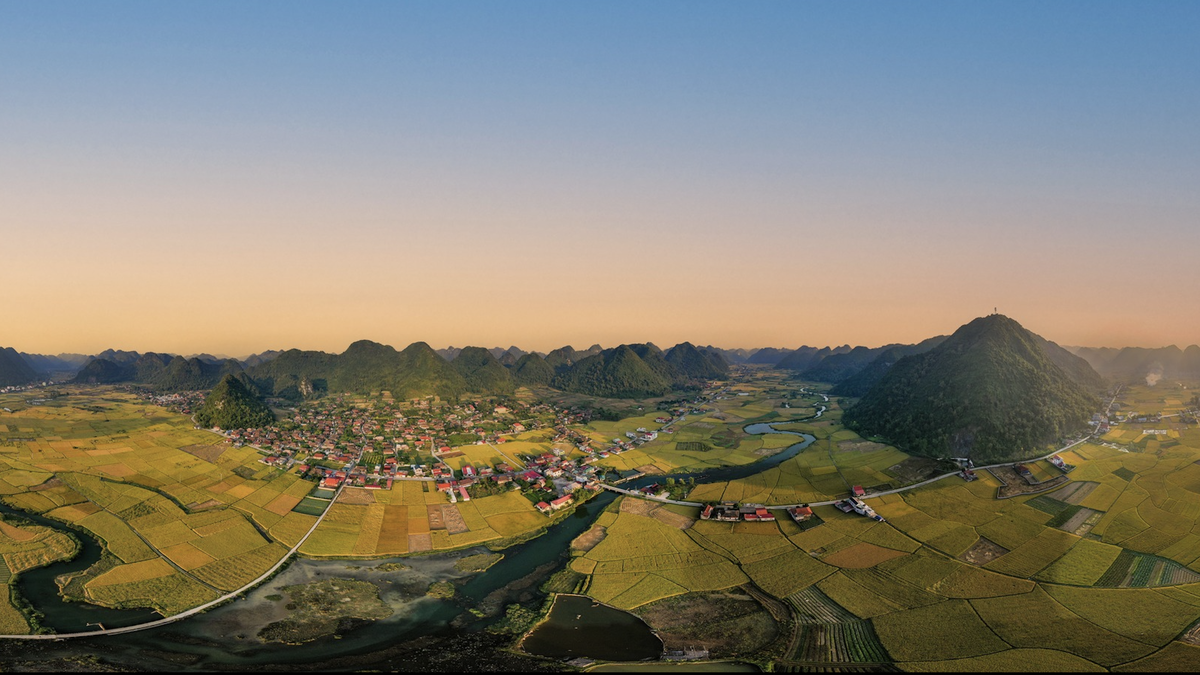
![[Photo] Prime Minister Pham Minh Chinh chaired a meeting to evaluate the operation of the two-level local government model.](https://vphoto.vietnam.vn/thumb/1200x675/vietnam/resource/IMAGE/2025/10/29/1761751710674_dsc-7999-jpg.webp)
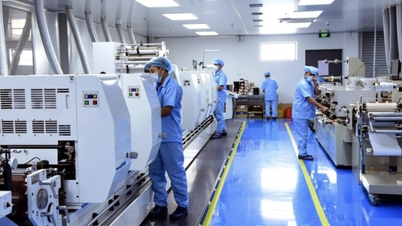



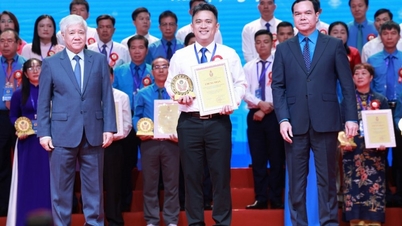







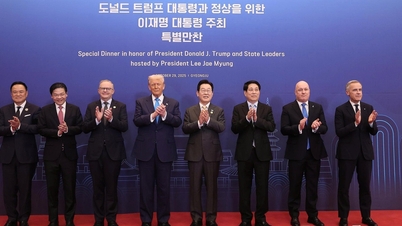








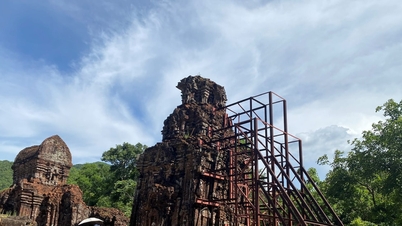

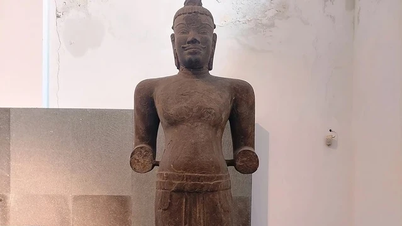
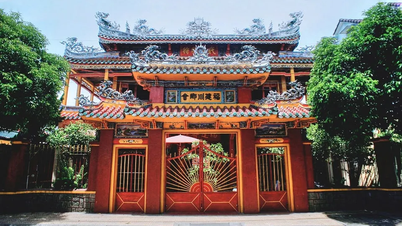
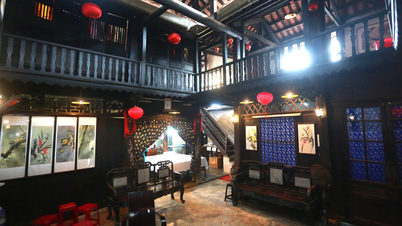



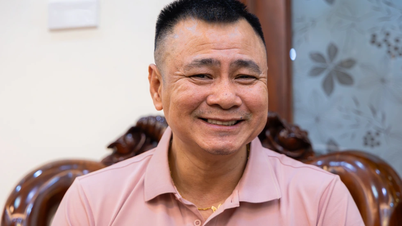
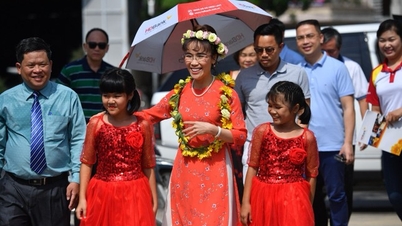

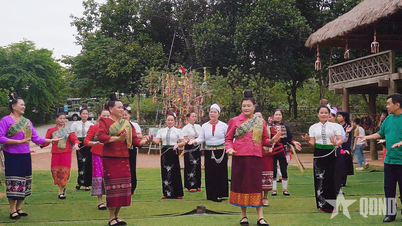



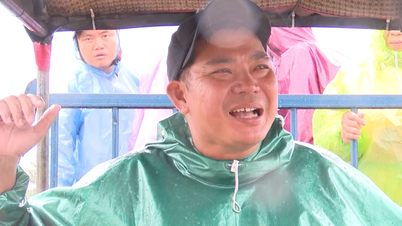
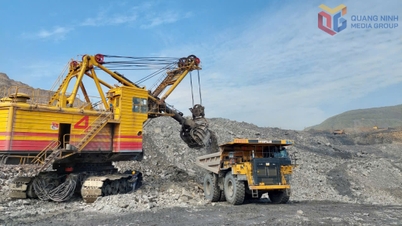





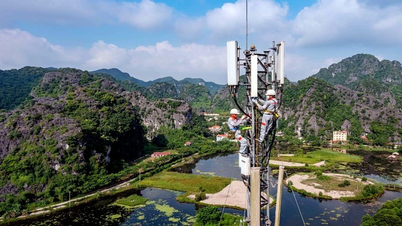











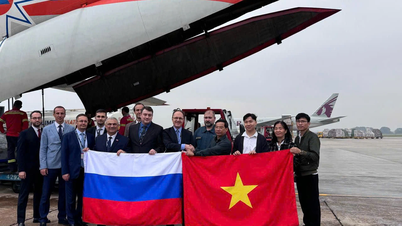



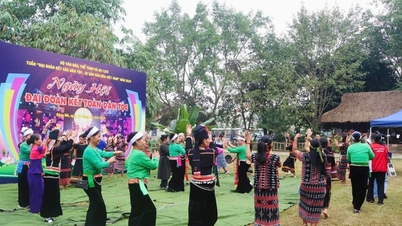

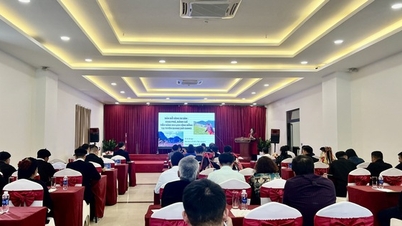
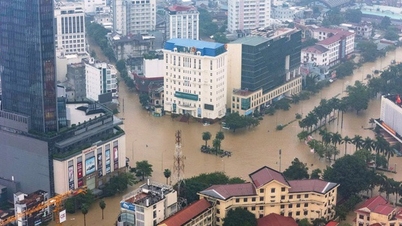


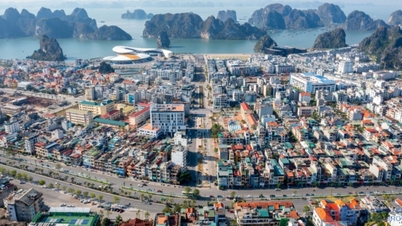



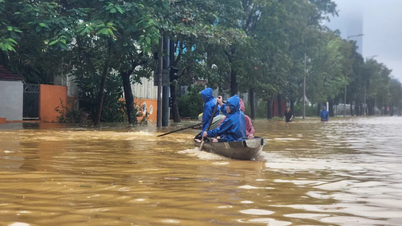

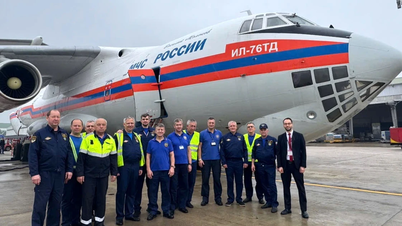
















Comment (0)